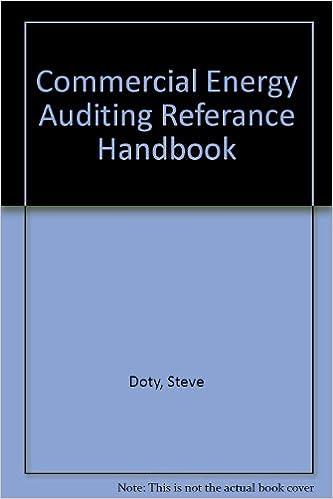(Expected retur, standard deviation, and capital asset pricing model) The following are the end of month prices for both the Standard & Poor's 500 Index and Mike's common stock a. Using the data in the popup window, calculate the holding period retums for each of the months b. Calculate the average monthly return and the standard deviation for both the S&P 500 and Nike c. Develop a graph that shows the relationship between the Niko stock returns and the S&P 500 Index. (Show the Nortume on the vertical socis and the S&P 500 index retums on the horizontal) d. From your graph, describe the nature of the relationship between Nike stock returns and the returns for the S&P 500 Index 2. Using the data in the table, calculate the holding period totumator each of the months for both the Standard & Poor's 500 index and Niko's common stock and et in the blanks below. (Round to two decimal places) NIKE NIKE RETURN SAP 800 INDEX S&P 500 RETURN 2014 May 57001 51.924 June 77.55 1900 June 77.55 1,900 77.13 1,931 July 7713 1,931 August 7. D 2003 August 7866 2003 September 89.20 1972 September 8920 1.972 October 92.97 2018 a. Using the data in the table, calculate the holding-period returns for each of the months for both the Standard & Poc NIKE NIKE RETURN S&P 500 INDEX S&P 500 RETURN 2014 May $76.91 $1,924 June 77.55 % 1,960 1,960 June 77.55 77.13 % % 77.13 78.55 July July August August September September October 1,931 1,931 2,003 2,003 1,972 % 78.55 89.20 % 89.20 1,972 2,018 92.97 % October 92.97 % October 92.97 November 99.29 % % 2,018 2,018 2,068 2,068 2,059 2,059 November December 99.29 96.15 % % 96.15 92.25 % % December 2015 January January February February March 92.25 97.12 % % 1,995 1,995 2,105 2,105 2,068 2,068 2,086 % 97.12 100.33 100.33 98.84 % March April % Click to select your answer(s). b. Given the holding-period returns computed in part (a), what is the average return for Nike? (% (Round to two decimal places.) Given the holding-period returns computed in part (a), what is the average return for the S&P 500 Index? % (Round to two decimal places.) Given the holding-period returns computed in part (a), what is the standard deviation for Nike? % (Round to two decimal places.) Given the holding-period returns computed in part (a), what is the standard deviation for the S&P 500 Index? % (Round to two decimal places.) c. The graphs below illustrate the relationship between the Nike stock returns shown on the verticals and the S&P 500 Index retums shown on the horizontals. Which of the following grapha correctly shows the characteristic line that best fits the monthly retums of the S&P 500 Index and Nike? (Note that you can click the magnifying glass button to enlarge the graphs.) (Select the best choice below) OA OB 20 Nikaeturns (5) . -20- S&P 500 index returns (%) S&P 500 incontours OC a OD Oc. OD 30 20 2 o 9 10 Nike returns (%) Nike returns (%) -10 -5 . 5 10 -5 -10- -10 20- -20- -30 S&P 500 Index returns (%) 30- S&P 500 Index returns (%) d. From the graph you chose in part (c), which of the following statements best describes the nature of the relationship between Nike stock returns and the retums for the S&P 500 Index? below.) O A. Nike returns are uncorrelated to the S&P 500 Index returns. When the stock market rises, nothing will happen to Nike's stock OB. Nike returns are negatively correlated to the S&P 500 Index retums. When the stock market rises, Nike's stock will fall O C. Nike returns are positively correlated to the S&P 500 Index retums. When the stock market rises, Nike's stock will usually rise. OD. Nike returns are perfectly negatively correlated to the S&P 500 Index returns. When the stock market rises 1 percent, Nike's stock will fall exactly 1%













